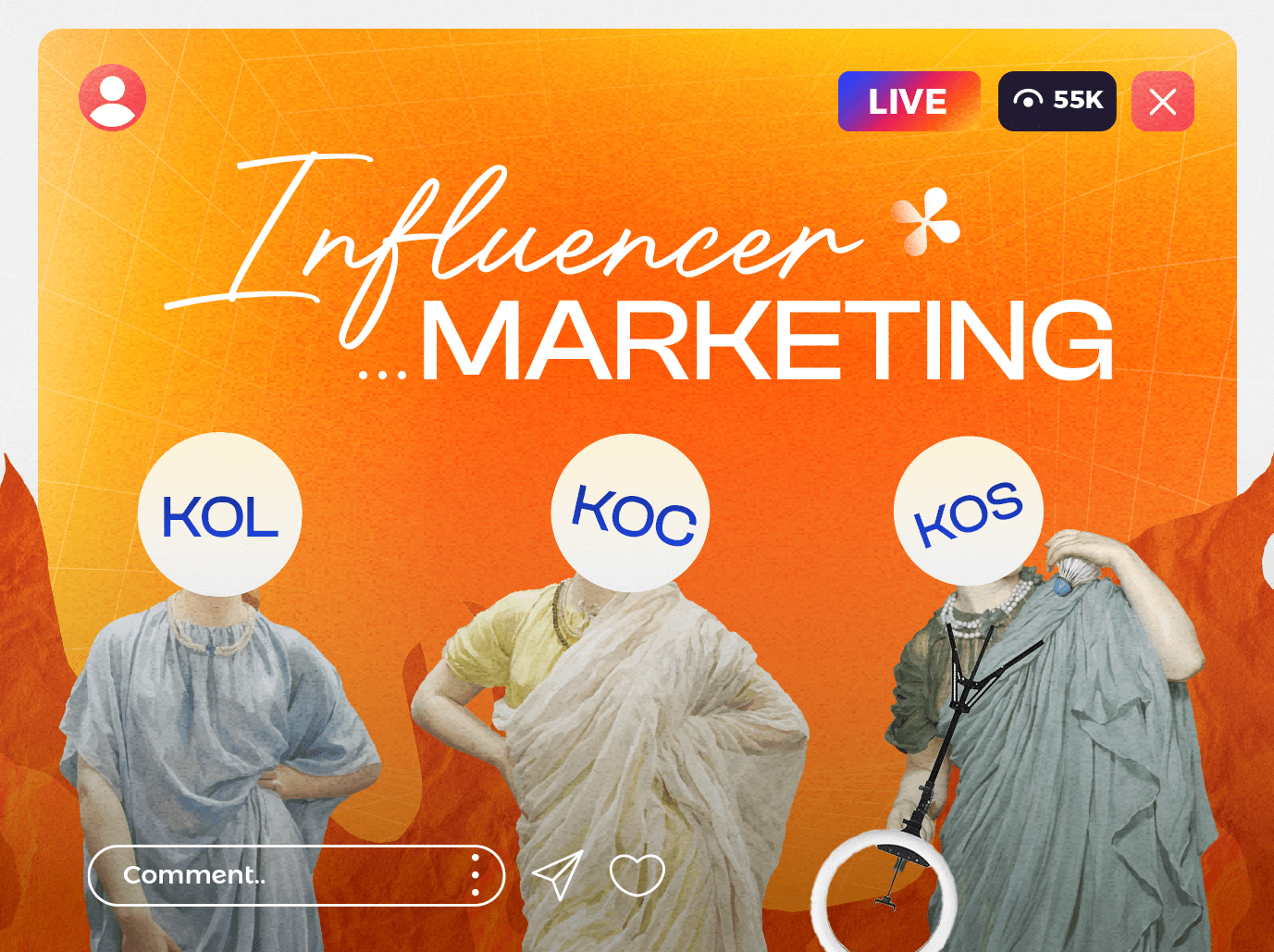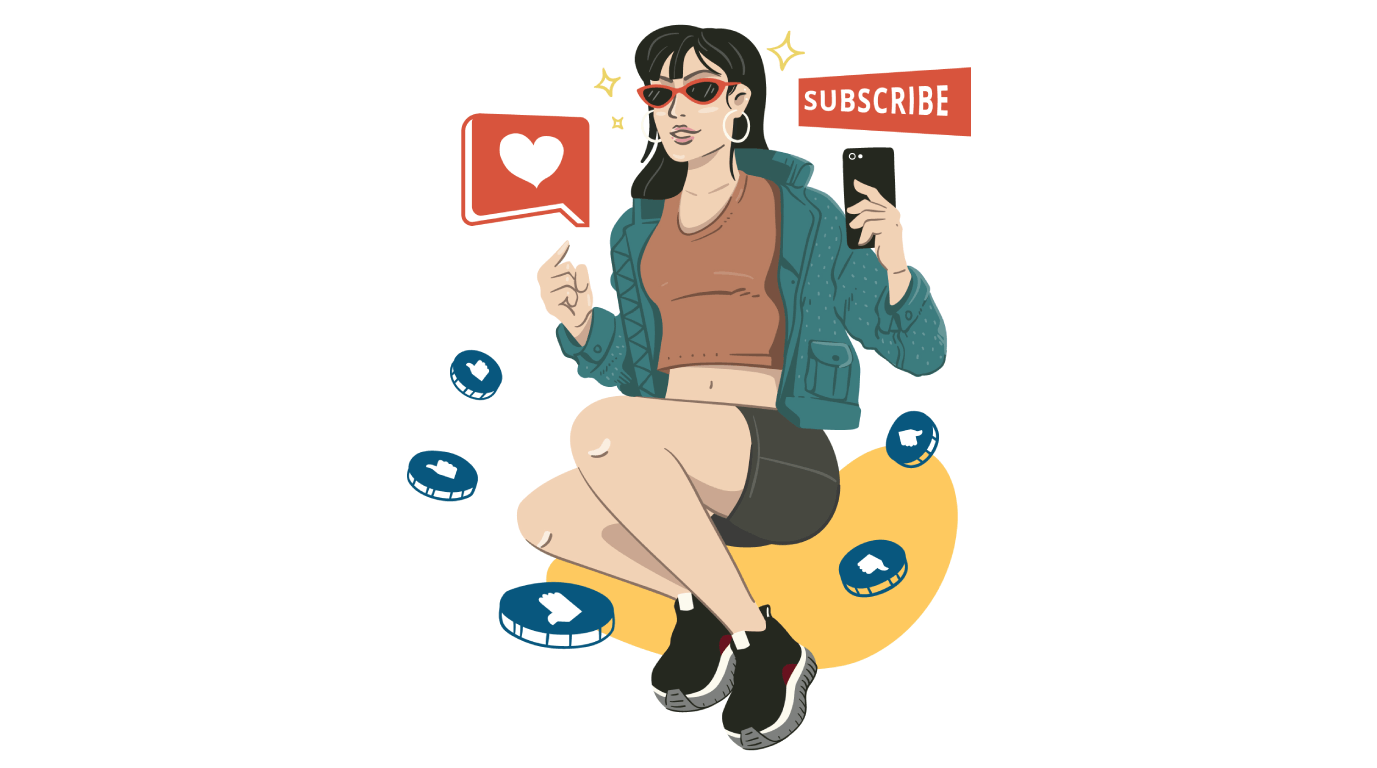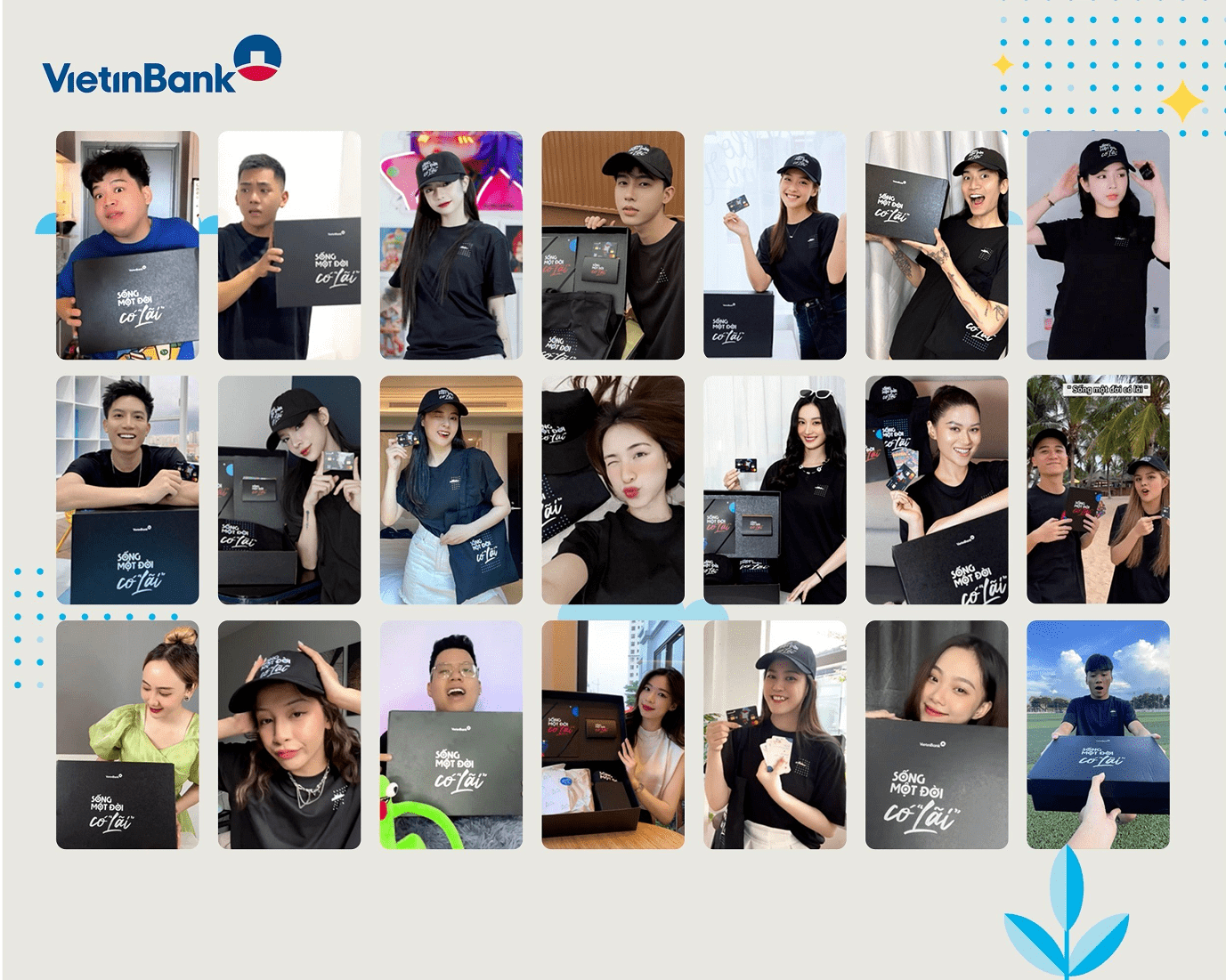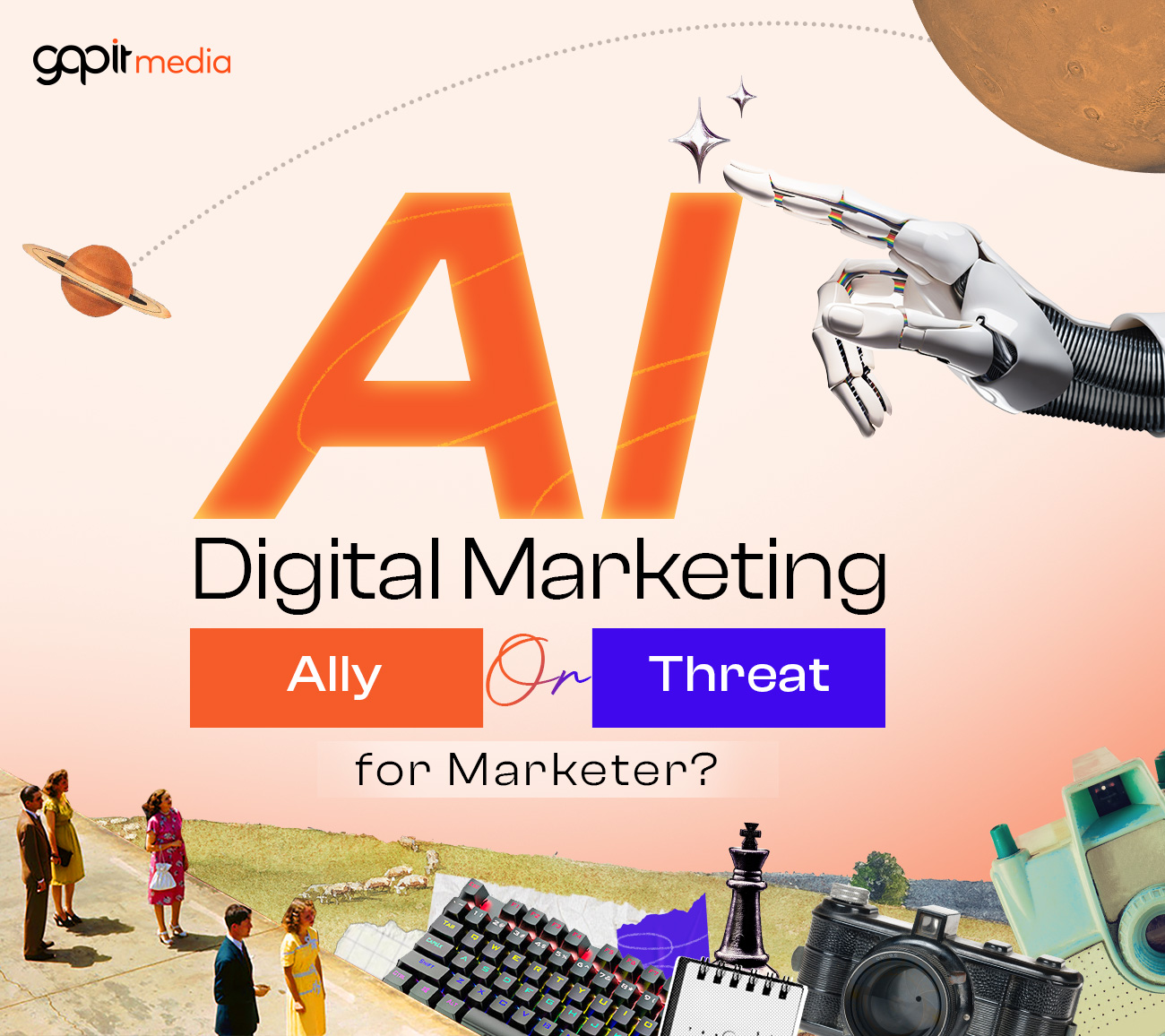Have you ever wondered why big brands are willing to spend billions of dollars sponsoring tournaments or teams? The explosive growth of the football industry has led to more diverse and rich Sports Marketing, creating opportunities for brands to reach customers effectively.
1. Sports Marketing in recent years
Sports marketing is a term that emerged in the late 20th century to describe marketing to promote products, services, or events, and to build brand equity in sports.
According to The Business Research Company, the global sports industry is projected to reach a value of $623 billion by 2027, with a compound annual growth rate of 5.6%. The proliferation of sports and the increasing popularity of football have fueled the growth of sports marketing, making it a preferred choice for many major brands in recent years.
Sports marketing capitalizes on sports’ immense popularity to provide brands with a powerful platform for growth. By sponsoring tournaments or collaborating with football icons, brands can tap into the massive fan base and achieve significant brand visibility.
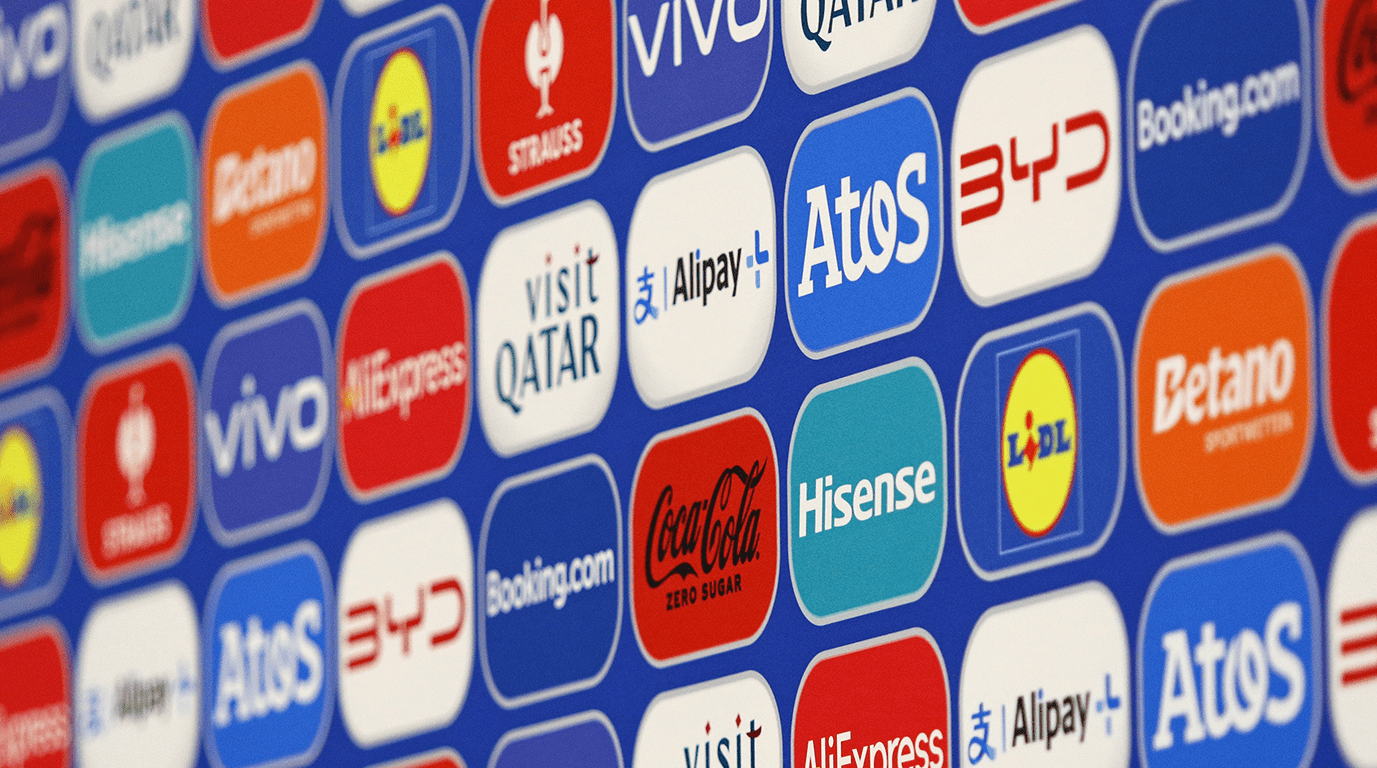
Major tournaments are opportunities for brands to use Sports Marketing effectively
Tournaments like the Premier League, Champions League, EURO, Copa America, and World Cup provide brands with prime opportunities to leverage sports marketing and reach a vast audience.
Gemius AdReal data revealed that during UEFA EURO 2020, Coca-Cola reached over 36 million users and garnered over 704 million ad interactions. Heineken also achieved impressive results, reaching nearly 8.5 million real users with a reach rate of over 20% and over 17 million ad interactions. These figures underscore the immense power of the major football tournaments as platforms for brands to connect with millions of fans worldwide.
2. A golden opportunity for big brands at EURO 2024
EURO 2024 is nearing its conclusion when Spain and England vie for the championship. According to Deloitte, this year’s EURO can generate a total revenue of €2.4 billion, with television rights being the vital revenue stream as UEFA forecasts over 5 billion viewers. The immense appeal of this global tournament presents a golden opportunity for brands to enhance their visibility, engage with customers, and become household names.
There are two primary sports marketing strategies brands employed during EURO 2024: becoming the official sponsor of the entire tournament or sponsoring specific teams or players based on their commercial value.
Hisense, a three-time strategic partner of the UEFA EURO, has once again taken center stage as one of the 13 official sponsors of EURO 2024. Through its “Beyond Glory” campaign, Hisense is committed to creating a deeper connection with football fans worldwide. By offering immersive experiences in dedicated zones in host cities, Hisense enhances the viewing experience and fosters a sense of community among fans.
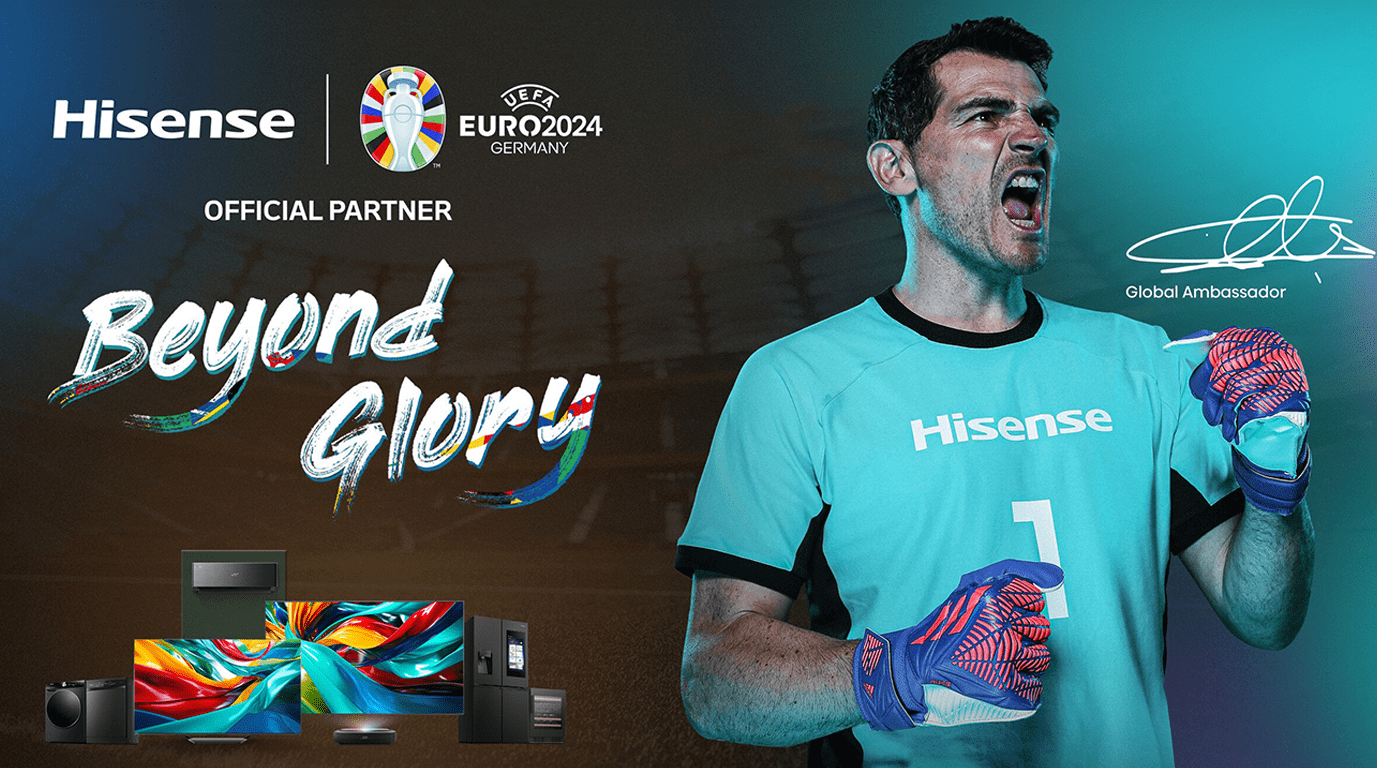
Hisense’s “Beyond Glory” campaign during EURO 2024
Hisense has taken its “Leading Technology, Exciting EURO” campaign beyond European borders, reaching markets such as Vietnam. By delivering a series of innovative and engaging activities, Hisense has crafted a memorable campaign that resonates with football enthusiasts around the globe.
Coca-Cola, another official sponsor of EURO 2024, has launched an innovative campaign titled “The Ritual Cup.” Beyond product promotion, this campaign explores the ritual of enjoying Coca-Cola during football matches and invites fans to share their experiences on social media. Coca-Cola also runs an “Endless Summer” promotion on their packaging, offering exciting prizes such as EURO 2024 match tickets to engage more consumers.
Coca-Cola’s “The Ritual Cup” campaign exemplifies the brand’s ability to create emotional bonds with consumers. By uncovering the unique ways people enjoy Coca-Cola during football matches, the brand delivers more than just a product; it provides fans with unforgettable experiences.
Besides becoming official sponsors, brands often invest in individual teams or star players. Nike, Adidas, and Puma, the big three of sports, are locked in a constant battle for supremacy, particularly during high-profile tournaments like EURO 2024. These brands are ready to shell out hundreds of millions of euros for monopoly outfitting players.
EURO 2024 brings together 24 competing countries, in which Nike, Adidas, and Puma are the main sponsors of 9, 6, and 4 football federations in Europe, respectively. It signifies that the logos of the above brands will appear heavily in every match and event before and after the matches. In addition, these brands will also be the suppliers of sports products such as shoes, balls, and training gear for teams and players when participating in tournament-related activities.
Sponsoring sports teams provides brands with an unparalleled opportunity for exposure. Jerseys act as walking billboards, reaching millions of viewers globally. By aligning with the excitement of a major tournament, brands can launch new, trendy collections that appeal to a wide audience. The 2024 shoe collections from Nike, Adidas, and Puma, with their respective themes of “Mad Brilliance,” and “Forever Faster,” exemplify this strategy.
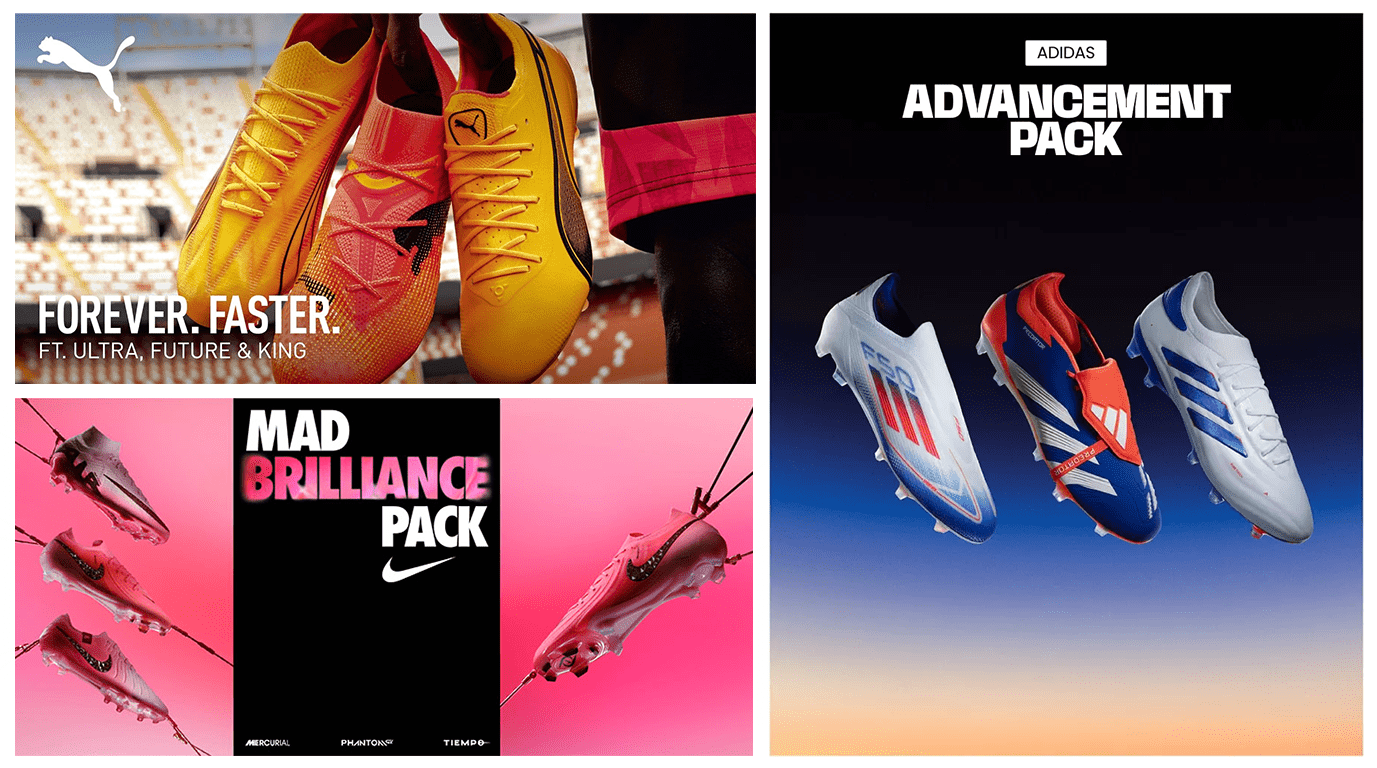
EURO 2024 exclusive collections from Nike, Adidas and Puma
3. Marketing solutions for brands
One of the key factors contributing to the success of sports marketing campaigns is the power of imagery. Visuals in these campaigns convey messages and evoke emotions from the audience. For instance, in Hisense’s “Beyond Glory” campaign, the appearance of legendary goalkeeper Manuel Neuer in every visual pays tribute to the athletes who dedicate themselves to professional UEFA leagues and demonstrates the company’s strong commitment to its customers and products.
The imagery used in sports marketing campaigns demands uniqueness, novelty, and impact. It must be aesthetically pleasing while effectively conveying the brand’s message. To achieve this, communications agencies typically offer two solutions to businesses seeking to optimize resources, build brand image, and enhance customer engagement: Strategic Planning and Creative Solutions. This is not a challenging task for communications agencies in general, and GAPIT Media in particular, as they possess a team of experienced creatives capable of crafting campaigns that reach a wide audience across various channels and capture attention.
EURO 2024 sports marketing provides significant advantages to major brands, including increased brand recognition and customer loyalty. EURO 2024, and major sporting events in general, are global spectacles that capture the attention of fans worldwide. By sponsoring these events, brands demonstrate their commitment to communities and the values of sports. As a result, it helps build trust with existing customers and provides an excellent opportunity to expand their market reach and attract new consumers.
Associating with major sporting events helps brands build a dynamic, youthful, and close image with consumers. Interactive activities, competitions, and special events on the sidelines of EURO 2024 launched by the brand will create memorable experiences for customers, strengthening the bond between brands and consumers.
References:
Sports Global Market Report 2024: https://www.thebusinessresearchcompany.com/report/sports-global-market-report
Euro2020 Sponsors. Reach analysis of the advertising campaigns from the FMCG industry in Germany: https://gemius.com/blog/euro2020-sponsors-analysis-of-the-reach-of-advertising-campaigns-from-the-fmcg-industry-in-germany/
Annual Review of Football Finance 2024 | Deloitte UK: https://www2.deloitte.com/content/dam/Deloitte/de/Documents/consumer-business/Deloitte_Annual_Review_of_Football_Finance_2024_Studie_UK.pdf


